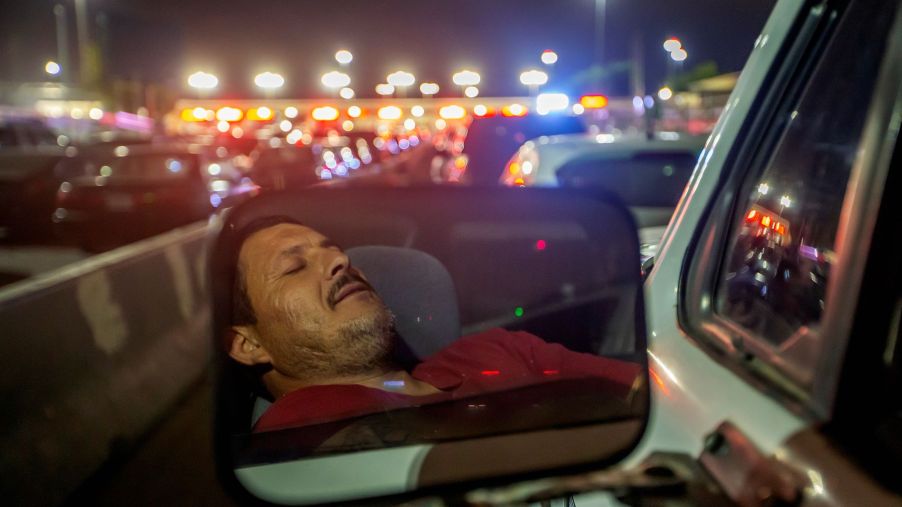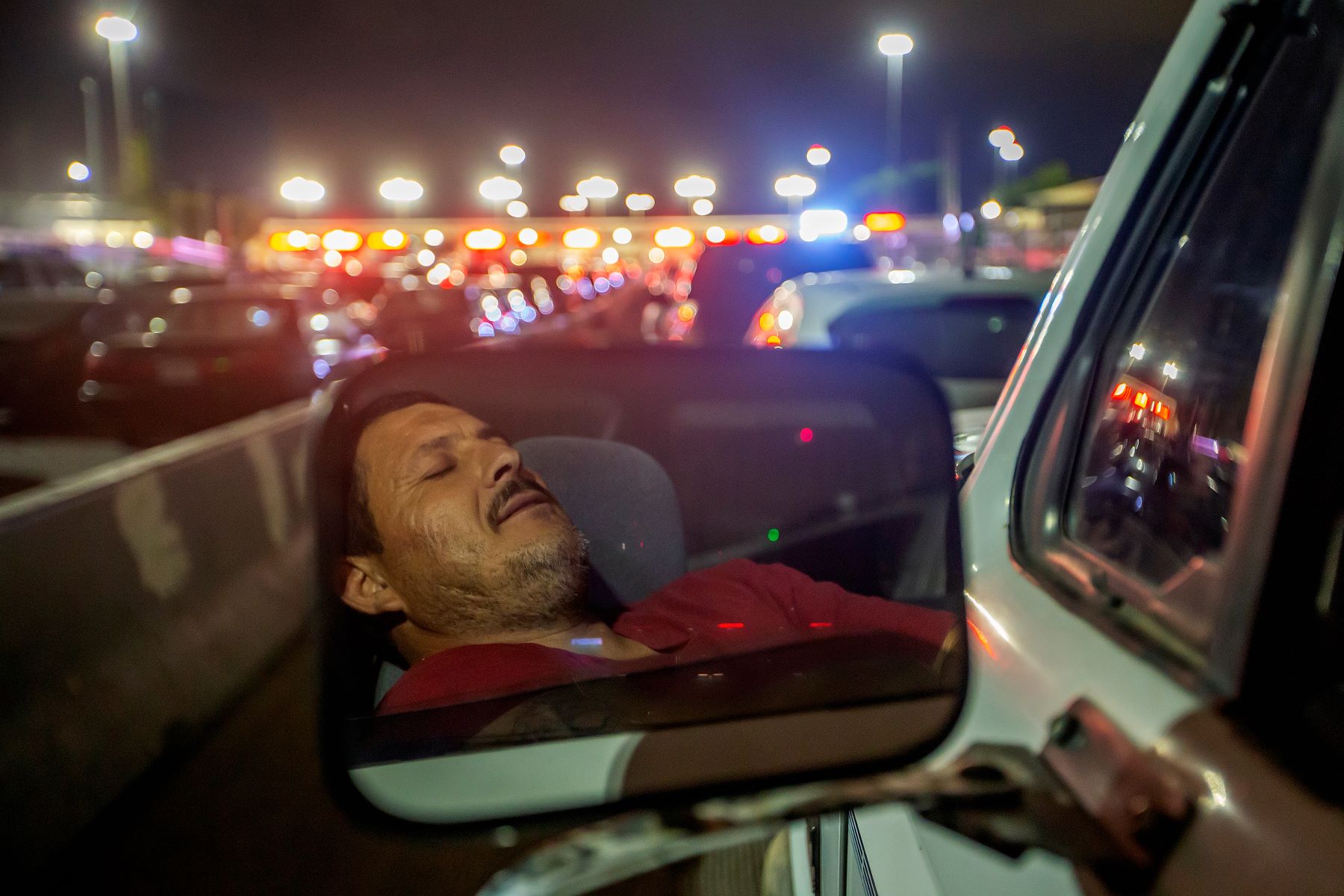
1 of the Most Common Driving Superstitions Has Caused Drivers to Faint at the Wheel
Like any other aspect of life, driving can be a stressful part of our daily routine. Maybe it’s the anxiety about the eventual destination. Perhaps it’s the unpredictability of the other drivers. Whatever the reason, getting behind the wheel can be a tense and strange experience, and driving superstitions can be a way to externalize those feelings and add some fun to a sometimes boring activity. The origins of these rituals are unclear to most people; they’re just a thing we do, like sharing memes and doomscrolling 16 hours a day. Such superstitions can get so deeply lodged in your brain that it takes a serious accident to realize that doing things like holding your breath while driving through a tunnel is actually a terrible idea and not at all in line with car safety.
Where did the superstition that holding your breath in a tunnel come from?

Holding one’s breath in a tunnel is one of the most common superstitions out there. The story goes, if you can make it through the stretch without exhaling, you can make a wish at the end, and your wish will come true. (Doing so while passing a graveyard has the same alleged effect.)
There is no one explanation for how this myth became so commonplace. One possible reason, according to The News Wheel, is that parents would bring their children afflicted by whooping cough to tunnels under the belief that the tunnel air would help cure the disease and that non-whooping people traveling with the kids would hold their breath to prevent them from picking it up themselves. On similar grounds, there was a notion that there was a slight shift in air pressure in a tunnel and that holding your breath would help lessen the pain of earaches.
People may also be worried about ghosts. During the early days of manmade tunnels, fatal collapses were much more common, and the ghosts of the perished would reside at the crime scene for eternity. As we all know, not breathing in the presence of specters is just good manners.
A teenager in Oregon learned the hard way that holding your breath isn’t smart or safe
If you want to pay homage to French New Wave legend Jean-Luc Godard and go breathless in a tunnel, you have to know two things: how long you can typically hold your breath and how long the tunnel is. If you’re going through something like the Dennis L. Edwards Tunnel, a 772-foot long behemoth in northwest Oregon, you should probably not voluntarily shut down one of the body’s most fundamental functions.
That’s a mistake Daniel J. Calhoon made during the summer of 2014. The then-teenager tried to hold it in while driving through the Edwards tunnel, passed out from the lack of oxygen, and crashed his Toyota Camry into an oncoming Ford Explorer, causing both vehicles to smash into an interior wall. According to NPR, a pickup truck also ended up in the pileup, which caused injuries to four people, one of whom was in serious condition. Driving at the speed limit inside the tunnel (55 mph) allows a driver to pass through it in about 10 seconds, so Calhoon was either driving slowly or really needs to work on his lung capacity.
“I’m sure the person that did this didn’t know that they were [going to] pass out,” Sarah Winslow, a local physician, told KATU in Portland, Oregon. “They probably thought, ‘Oh, I’ll just start breathing again.’ It’s sad that they had so much effect from playing a game.”
How popular are these driving myths and superstitions?
According to NetQuote, holding your breath in a tunnel is the most common driving myth, alongside raising your feet off the floor on railroad tracks and bridges and carrying a religious symbol during the ride.
The site also created an infographic showing how each superstition falls on the gender spectrum. They found that women were 13% more superstitious than men. A larger percentage of women looked for spiritual guidance in their superstitions (using religious totems, praying past a yellow light), and men took on more physical action (having a lucky charm or tapping the roof at a yellow light).
Driving myths are still a thing because many people want to believe in them. Most of them are harmless enough not to be a talking point, but none of these superstitions are worth risking your life over.


